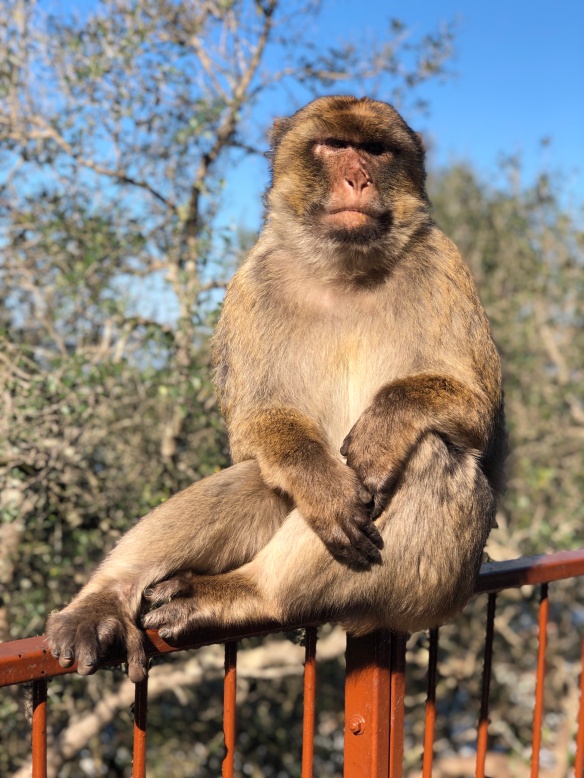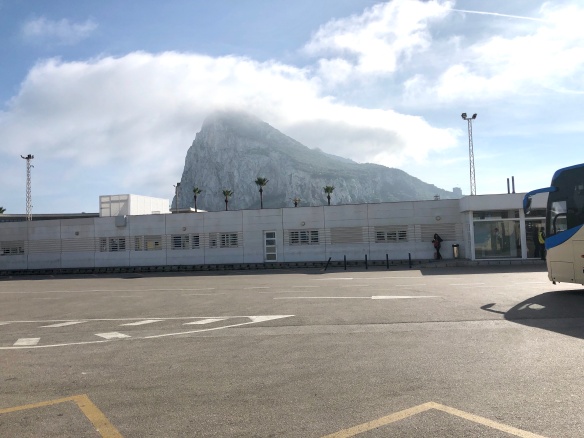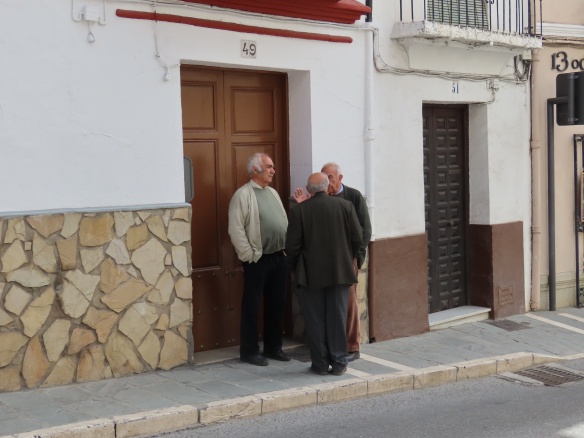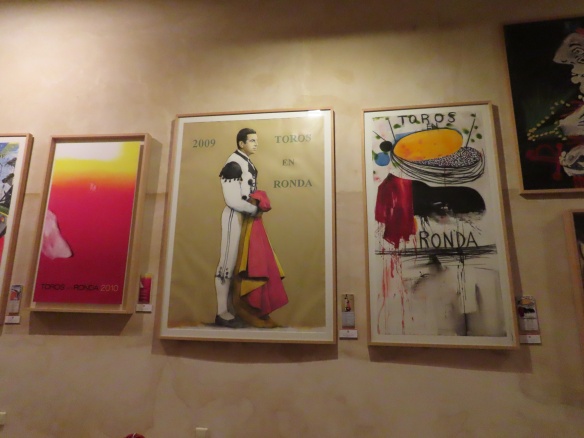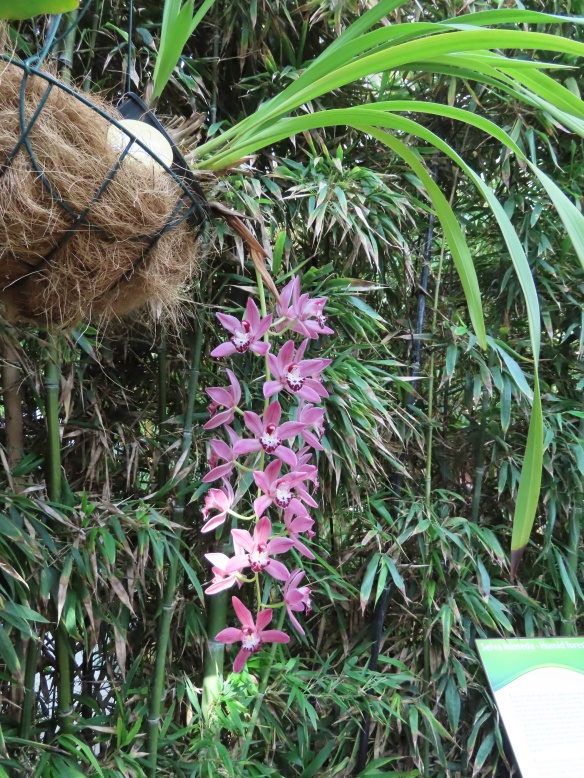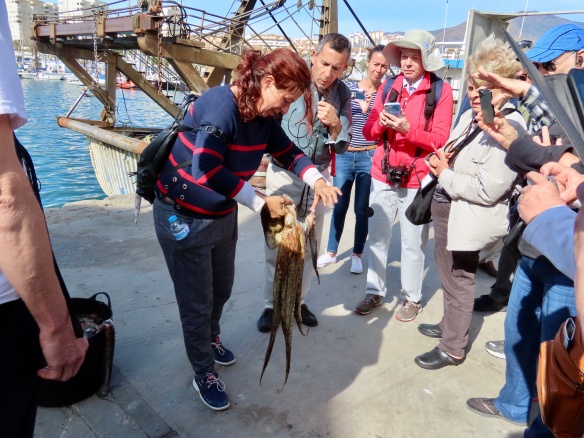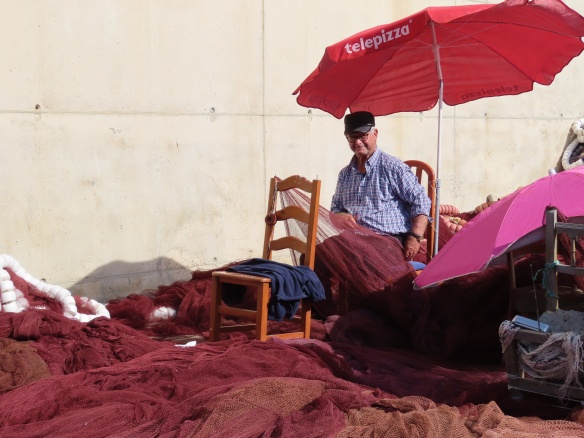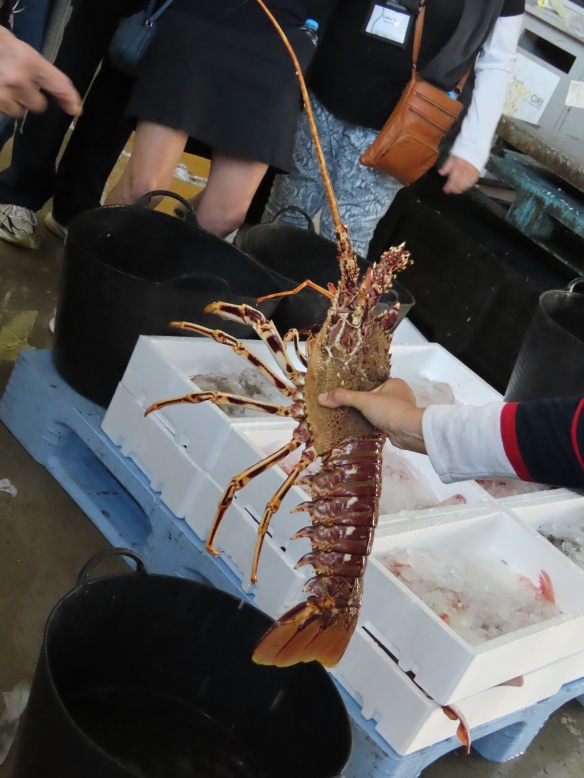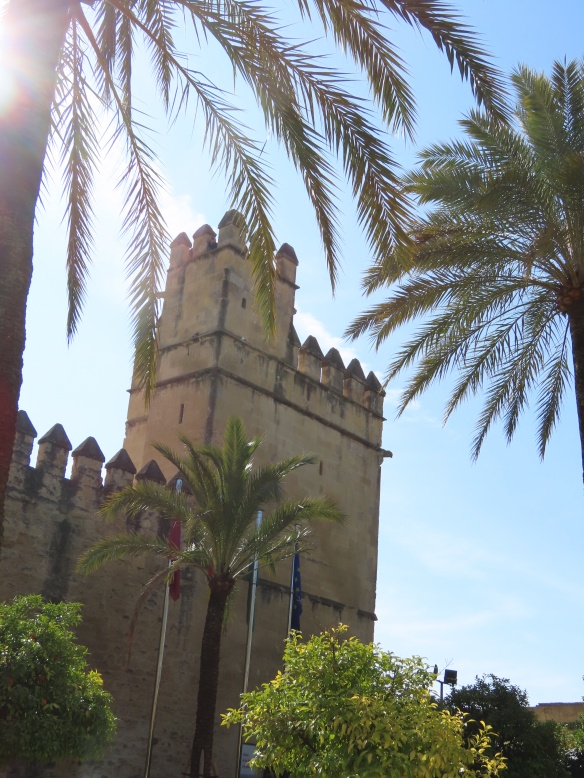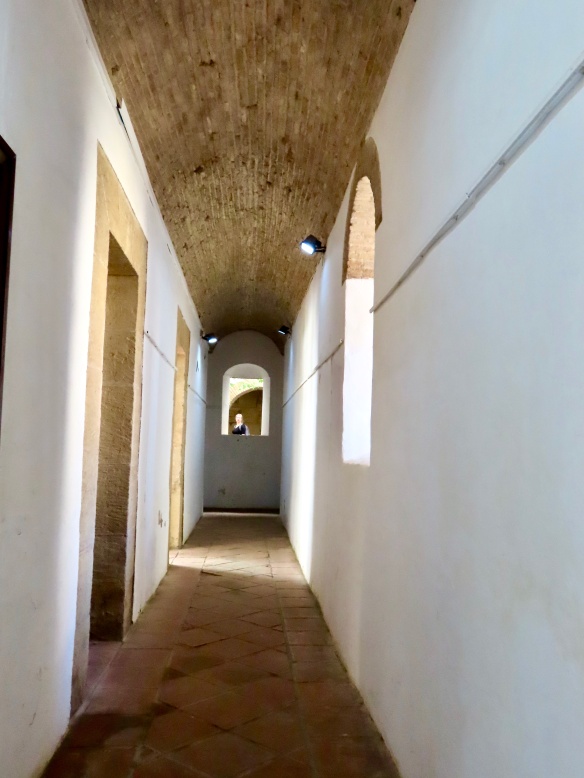The important news is I am here and my luggage is with me.
Said, the Limo driver picked me up at 5 am. We made it to DTW and caught a flight to Newark,as scheduled. At Newark there was talk of landing at Chicago O’hare airport and switching planes because of the typhoon in japan. Passengers milled around trying catch what ever news they could. Finally news came that we would leave on time, stop in Chicago and take on more fuel so we could make it through any turbulence ahead. We taxied to the runway and sat,and sat because one runway was down. No worry this was less than an hour delay and we would make it up in the long run.
The refueling took 90 minutes. But everyone was in good spirits mingling and sharing stories. I happened to be sitting next to a gentleman who was going back to Viet Nam to visit family. He told me about being one of the original boat people. There were four children in his family and his parents selected him to be the one to escape the country. With every penny of their savings they bought him a seat in a large open boat that floated in the ocean for days hoping to be rescued and taken to freedom. Finally they spotted an oil freighter and were able to pull up close. The freighter could not throw a rope, it was considered illegal to pull them in, but they each tried to jump up on the boat and continue a journey to America. This gentleman spent several years in a refugee camp. In the meantime the family was able to send two more kids. The three refugee children were able to gain work with a farmer while they waited for papers that allowed them to work and go to school. They eventually made enough money to bring the parents and the other child. It was interesting to hear his views on immigration and becoming a citizen.
The final outcome of the delays was a 4 hour delay in my arrival. I was concerned about how I would make my way to the hotel. Luckily Road Scholar had been tracking my flight and had someone waiting to pick me up and delver me to the hotel.
On Thursday we visited the grounds of the Imperial Palace and the National Museum.
My first impressions were the cleanliness of everything in Tokyo. From bathrooms to roads nothing is out of place. The toilets are are unbelievable, the seats are heated and by pushing a button your bottom is sprayed clean with your choice of water pressure.
The Imperial Palace and grounds were spared bombing during WWII. The contrast between the pre war buildings and the enormous, modern building is amazing.
The other thing that struck me on my first day is the style and fitness of the population.
The fitness is due to government fitness programs and diet. The diet is so different from our average American diet. Breakfast is salad, fruits and fresh cooked grains, a choice of fish. Lunch and dinners have included an assortment of raw fish, vegetables and small amounts of cheese. I am curious to see what meals are like in the smaller cities we will be visiting.
We are literally the first post covid tour group to visit, things are just opening for the general public as well as tours. Masks, hand sanitizer, and temperature readings are the rules everywhere. Japan just relaxed rules on September 7.
Today, Friday we learned about Kabuki Theater which dates back to the 1600’s. It is all male casts, with elaborate costumes and make up. Music and drama are preformed in long elaborate productions. The actors are from a long lineage of families that date back many generations. We ate lunch on the roof garden of the theater.
In the afternoon several of went to the Hokusai Katsushika Museum. He is the famous Japanese Woodblock artist famous for the Big Wave.
Tomorrow we move on to the center of the country.



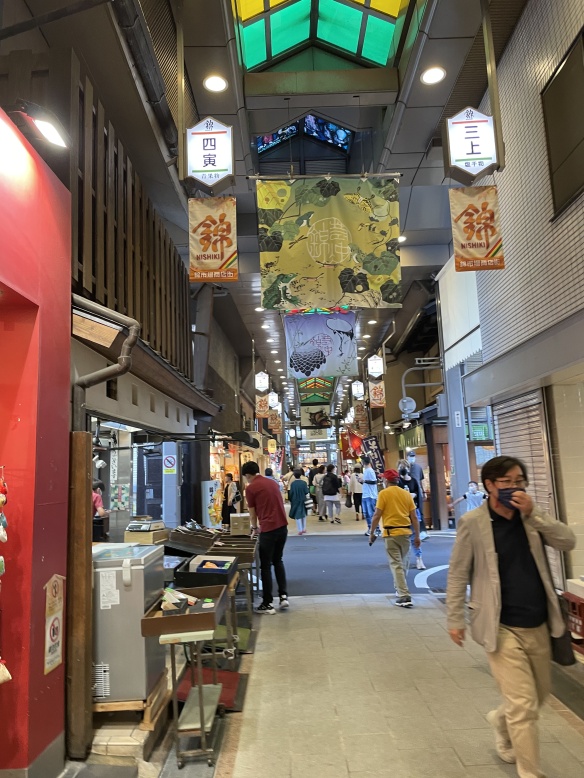


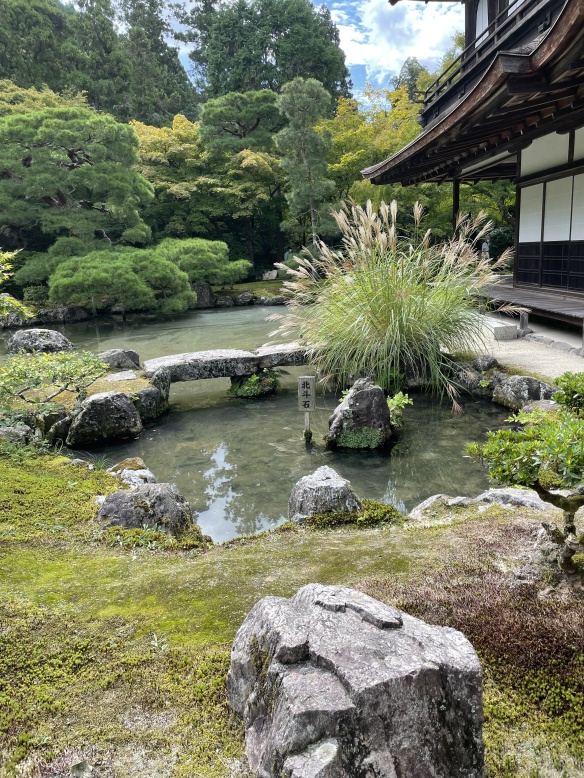



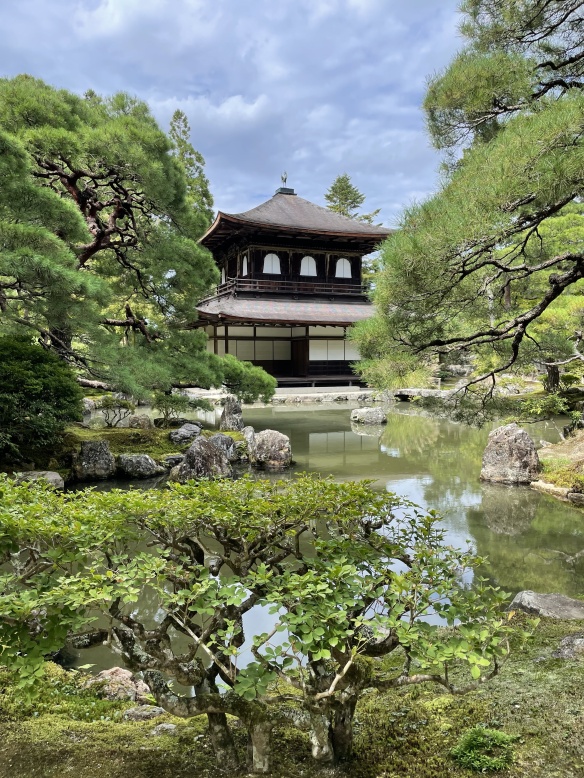
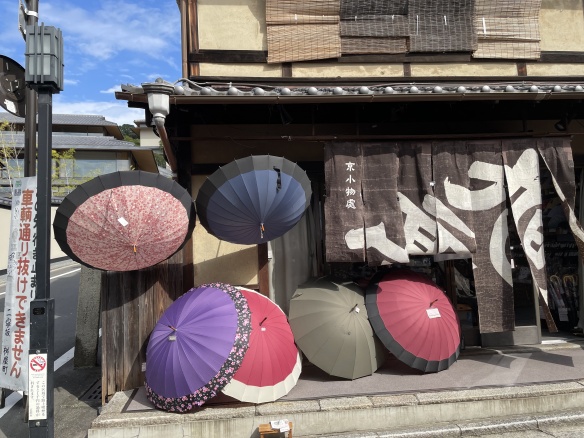






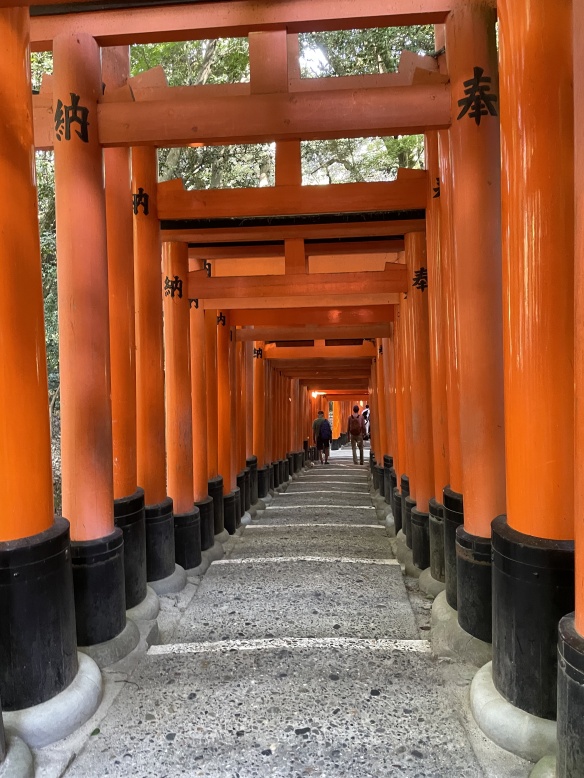
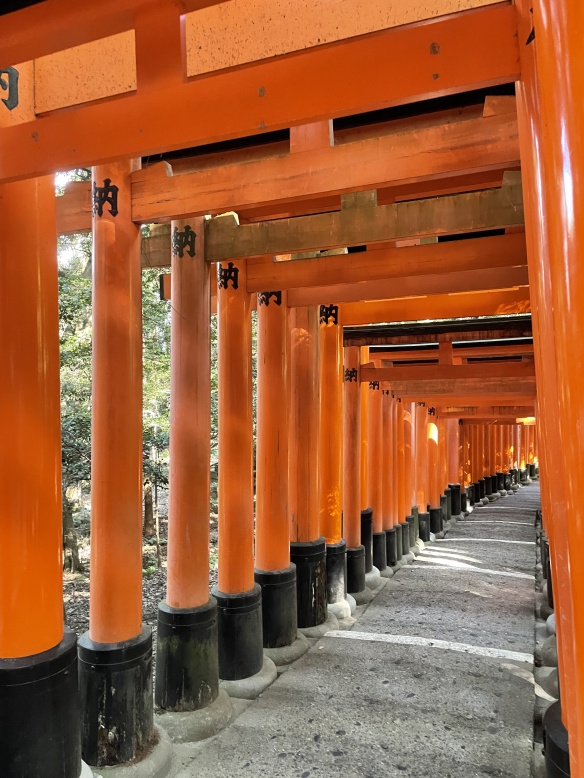

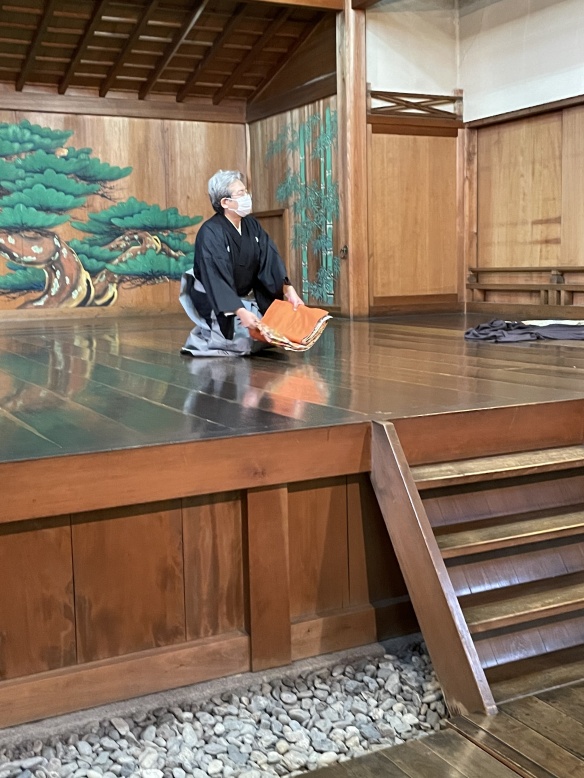





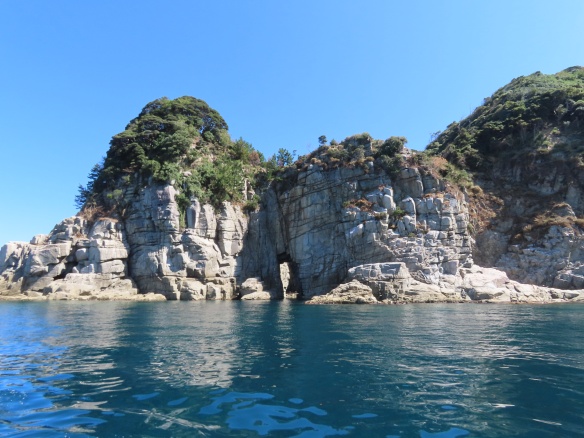








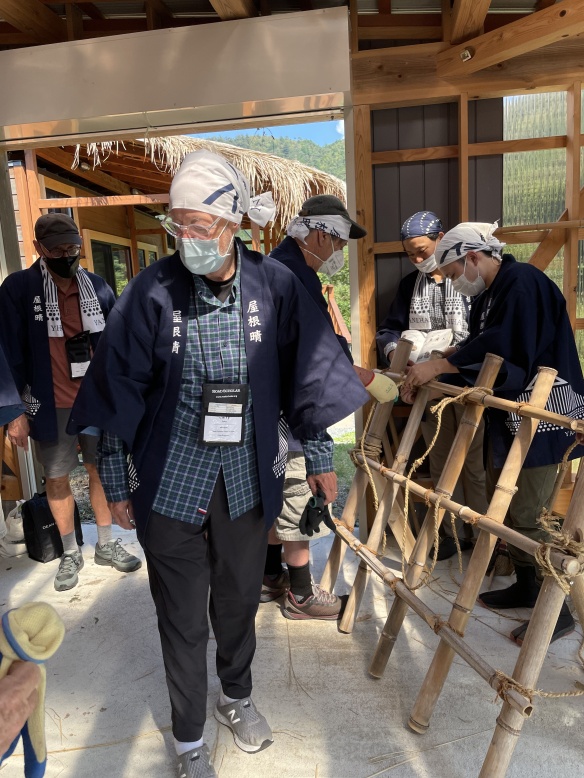 flower arrangements fresh and assisting as hostess for banquets.
flower arrangements fresh and assisting as hostess for banquets.





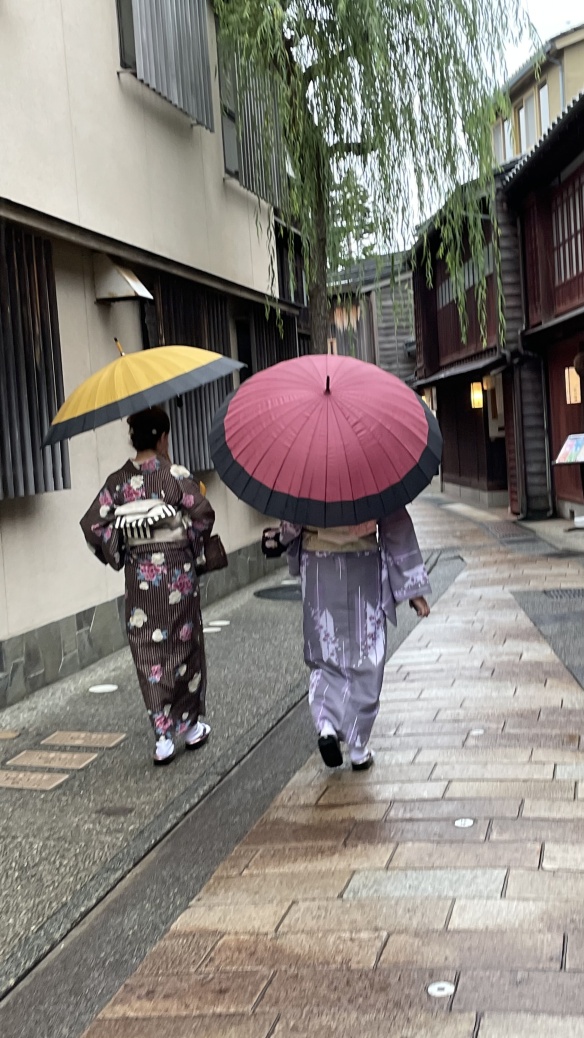







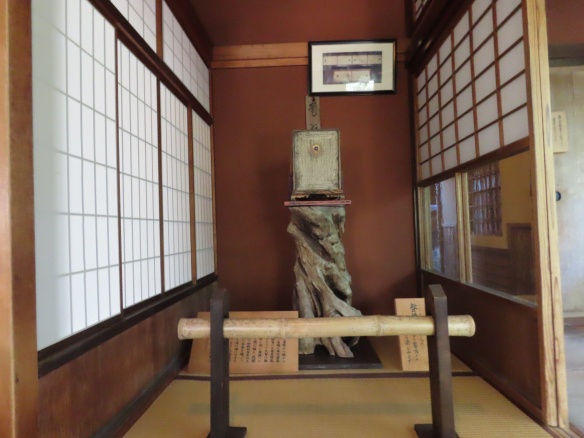


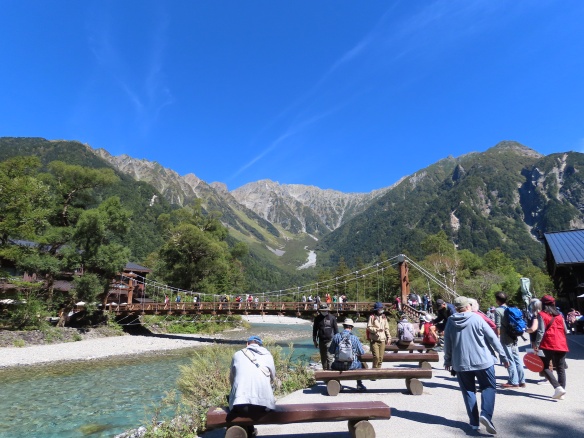



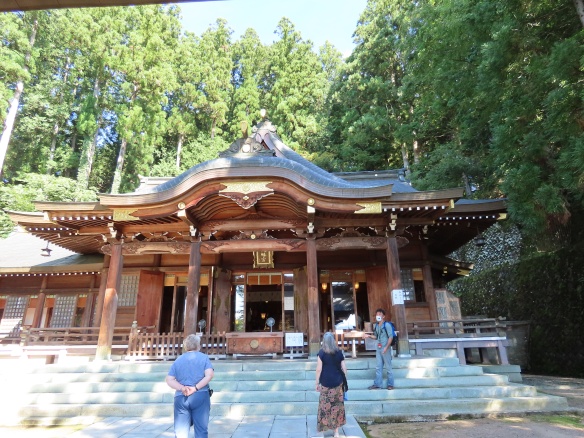
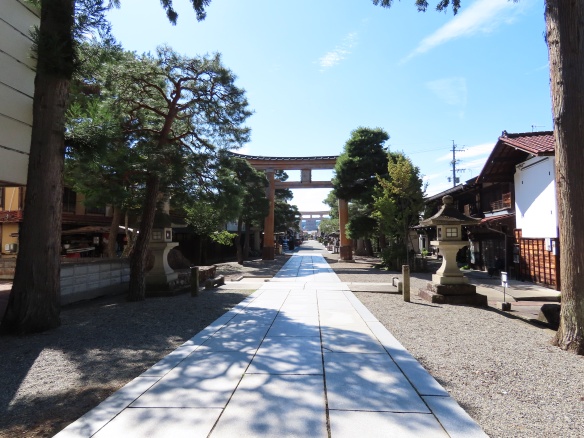





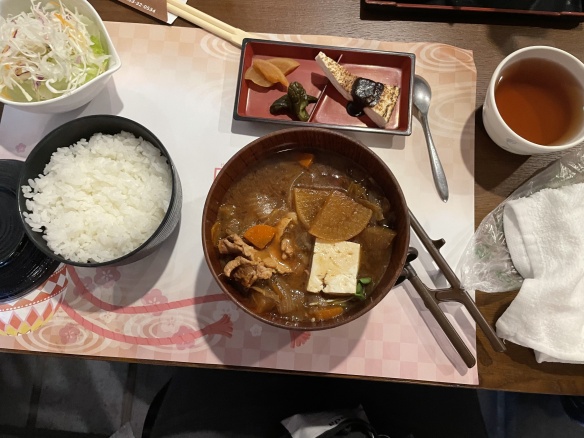


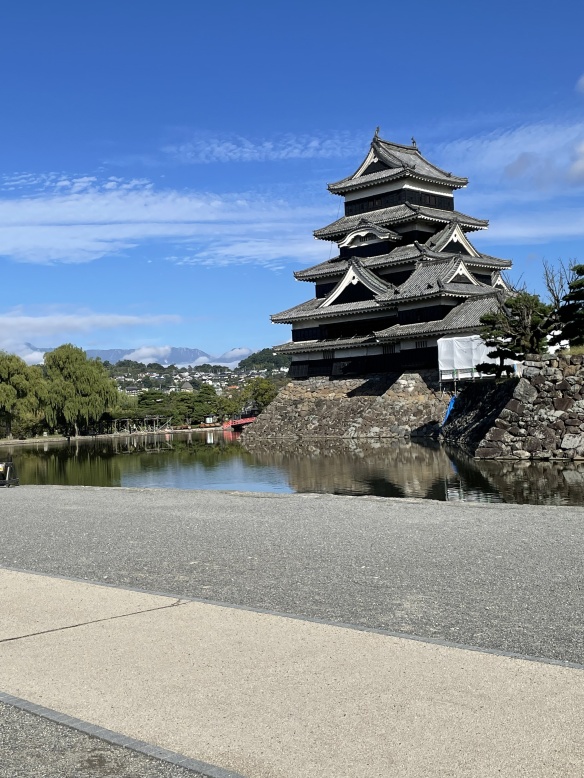


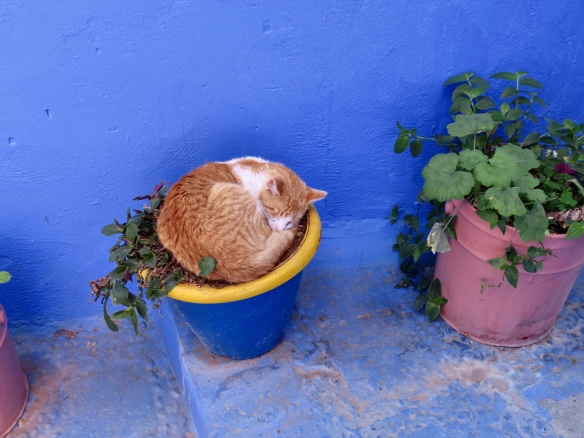
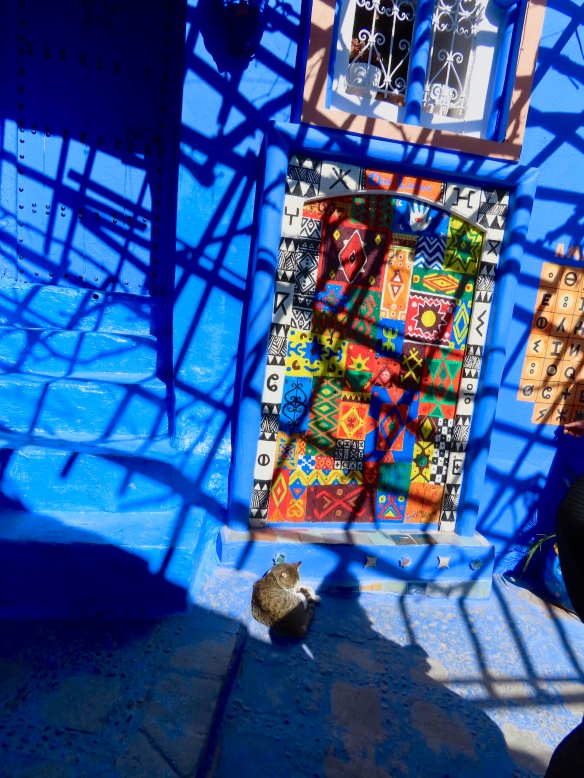
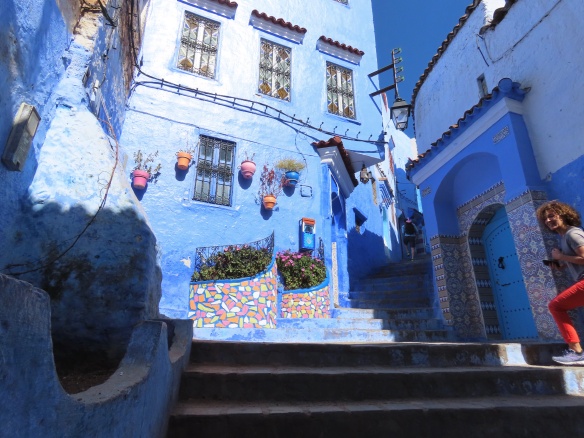
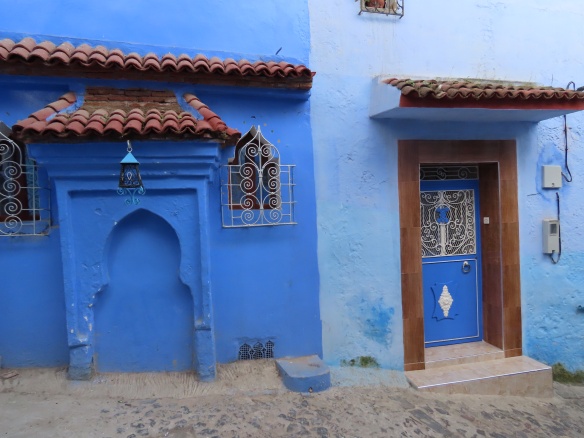



 delivered to where we going the day after we arrived. We waited in line with the other ranting passengers to fill out the paperwork. One of passengers was a young man from Germany who is a pro golfer coming to play in a tournament for spot on the golf tour, his clubs were gone. Hard to compare clean clothes, under ware, meds and toiletries with a chance on the tour.
delivered to where we going the day after we arrived. We waited in line with the other ranting passengers to fill out the paperwork. One of passengers was a young man from Germany who is a pro golfer coming to play in a tournament for spot on the golf tour, his clubs were gone. Hard to compare clean clothes, under ware, meds and toiletries with a chance on the tour.

 fv
fv